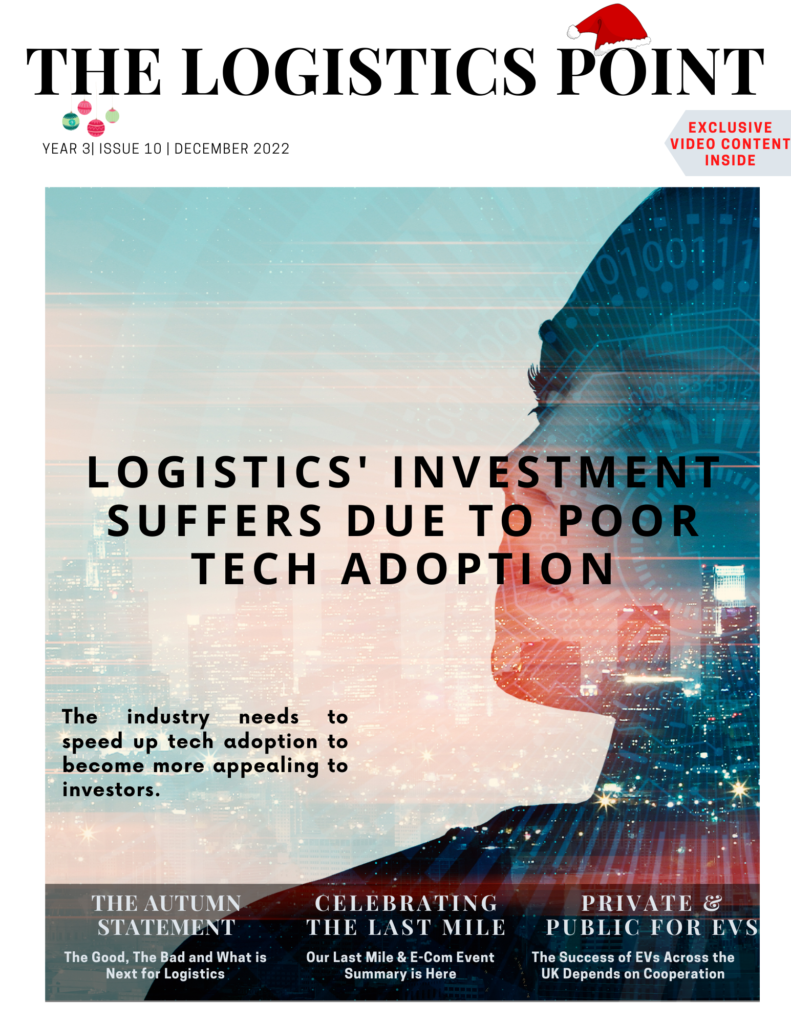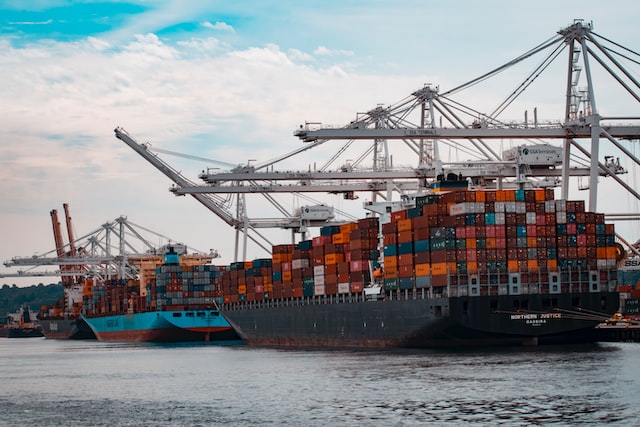Intermodal supply chains have specific challenges that need to be addressed. We spoke to Pervinder Johar, CEO of Blume Global, about how visibility should be embedded in intermodal supply chains and what it means for the overall performance.

There is a significant rise in the interest around visibility. Tracking and knowing what happens in your supply chain is a must but there are many problematic areas. ‘Not everything is straightforward and does not follow a very clear path,’ says Johar. Specifically looking into the intermodal area, the process has multiple points of failure and encompassing the full journey is not easy.
‘With technology, trillions of dollars of waste can be removed from the system,’ Johar explains. ‘In addition, intermodal also has sustainability problems due to the low visibility.’ Covid made things even more complicated and Johar believes one of the reasons is because for a very long time logistics was taken for granted.

‘The assumptions were that there are many flights between major destinations, so capacity is not a problem.’ When travel became restricted, capacity went down and caused the whole system to crumble. ‘Intermodal was the most impacted area due to bad conditions everywhere.’
Additional shocks
The events in Ukraine brought an additional shock to the system. ‘A business doesn’t have to be physically present there. It only takes one supplier to be based there to disrupt everything,’ Johar goes on. ‘Oil and gas prices are also impacting.’
Johar also points at how even small events are being amplified by just how many problems are appearing. Normally, we would deal with one thing at a time. Now everything is a continuation of the previous crisis. But mapping can serve as a safety net. It can be used as a starting point to predict what could happen along the route across all modes.
But collecting the data is yet another challenge. ‘There are different ways, but ocean carriers and freight forwarders can submit some of the information,’ Johar says. ‘The majority of the time, data can be collected straight from ports, for example.’

Intermodal of the future
‘Before intermodal was not really the focus of companies,’ Johar says. Technology first got applied to other areas like warehousing and last mile: primarily consumer facing areas.
Johar believes that Covid has pushed the intermodal industry to look at technology more carefully. ‘The last mile won’t really work if the first mile is broken,’ Johar explains.
Because often intermodal was outsourced, many shippers really did not appreciate it. Some of them decided to bring it in-house but quickly realised its complexity and how essential it is not to miss out any part of the journey. ‘They will charter full ships but then forget about the trucks at the port,’ says Johar. Others did the opposite and got stuck as well.
Now there is more appreciation about how intermodal actually works. This could lead to bringing it back to professionals. ‘The largest companies in the world can do it in-house, but the majority should rely on forwarders,’ Johar comments. ‘A good technology platform can help them connect the dots and find the right logistics provider.’ ✷

